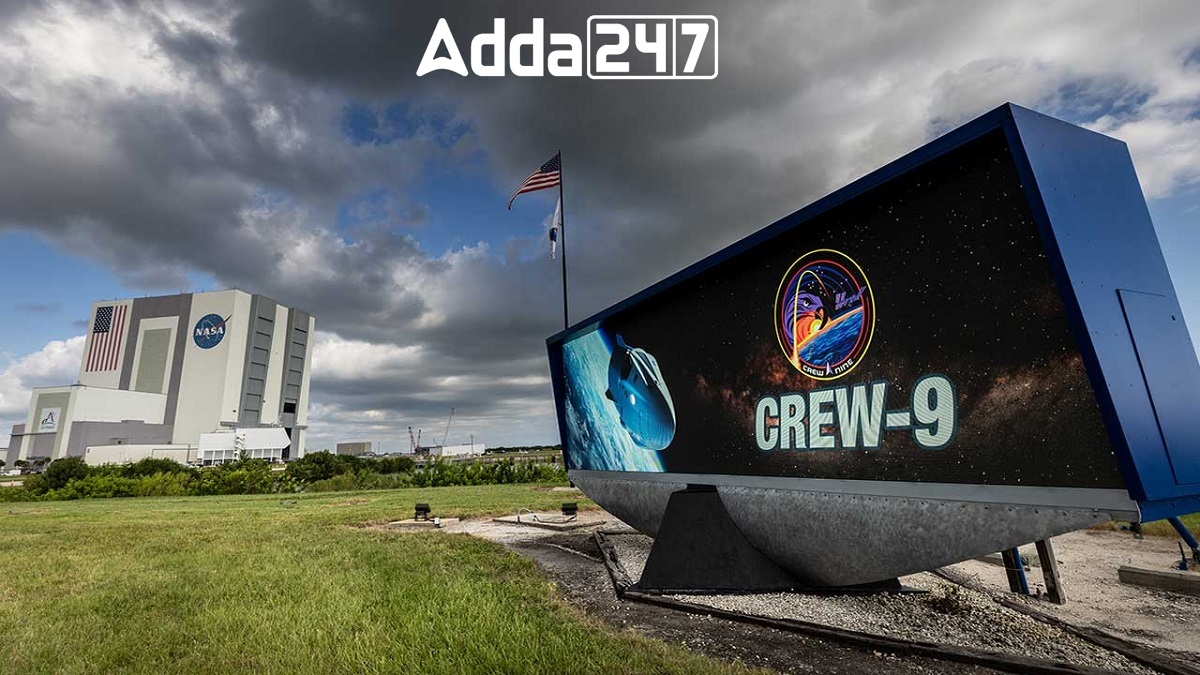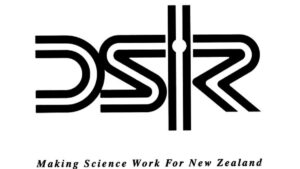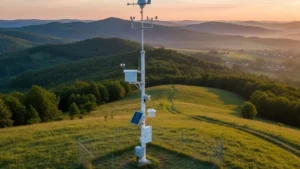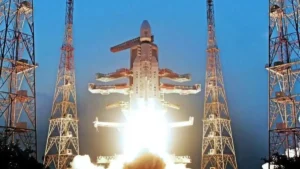NASA’s SpaceX Crew-9 mission successfully launched on Sept. 28, 2024, from Space Launch Complex-40, Cape Canaveral, at 1:17 p.m. EDT. The mission is part of NASA’s continued efforts to support scientific research aboard the ISS. Astronaut Nick Hague and cosmonaut Aleksandr Gorbunov will spend five months aboard the space station, conducting crucial scientific experiments.
Mission Highlights
Crew-9, NASA’s ninth commercial crew rotation to the ISS, launched aboard a SpaceX Falcon 9 rocket, marking a key moment in NASA’s collaboration with international and commercial partners. The spacecraft will dock with the ISS on Sept. 29, expanding the Expedition 72 crew to 11 members temporarily before Crew-8 departs in early October.
Scientific Research
Hague and Gorbunov, along with their crewmates, will conduct over 200 investigations, including studies on blood clotting, moisture effects on space-grown plants, and vision changes in astronauts. Their work will further humanity’s knowledge in preparation for future deep space missions.
Crew Information and Objectives
Nick Hague, making his second trip to the ISS, will serve as a mission specialist, while first-time flier Aleksandr Gorbunov will be the flight engineer for Expedition 72/73. Following their mission, they will return to Earth with fellow astronauts in February 2025, contributing to the ISS’s legacy of over 23 years of continuous human presence and scientific advancement.
Future Impact
The mission is essential for NASA’s long-term goals, including the Artemis campaign, and serves as a stepping stone for future space exploration, particularly for extended missions beyond Earth’s orbit.
International Space Station (ISS) Overview
The International Space Station (ISS) is a multi-national collaborative project, serving as a unique space laboratory for scientific research and technological advancements in low Earth orbit (LEO). It has been continuously inhabited by humans since the year 2000, making it a symbol of global cooperation in space exploration. The ISS orbits the Earth at an average altitude of approximately 400 kilometers (250 miles) and travels at a speed of 28,000 km/h (17,500 mph), completing one orbit around the Earth roughly every 90 minutes.
Key Details
- Launch Year: 1998
- First Crewed Mission: November 2, 2000
- Current Operational Status: Active, with plans for extended operation into the 2030s.
- Partners: NASA (United States), Roscosmos (Russia), ESA (European Space Agency), JAXA (Japan Aerospace Exploration Agency), and CSA (Canadian Space Agency).
Purpose of the ISS
The primary goals of the ISS are:
- Scientific Research: The ISS provides an unparalleled environment for conducting experiments in microgravity. Scientists from around the world use the station to study a range of disciplines, including biology, physics, astronomy, and materials science.
- Technological Development: The ISS serves as a platform to test new space technologies, including life support systems, energy systems, and spacecraft docking techniques.
- International Cooperation: It stands as a hallmark of peaceful collaboration between nations, fostering partnerships between space agencies and industries.
- Preparation for Deep Space Missions: Research and operations aboard the ISS help prepare humanity for long-duration missions to destinations like the Moon and Mars.
Structure and Components
The ISS consists of multiple interconnected modules and various external structures. These include:
- Pressurized Modules:
- Zarya (Russia): The first module launched in 1998, providing propulsion and storage.
- Unity (USA): Connects Russian and American segments.
- Destiny (USA): The U.S. laboratory module for scientific research.
- Kibo (Japan): The largest module, dedicated to science experiments.
- Columbus (Europe): ESA’s laboratory module.
- External Structures:
- Solar Arrays: Provide electricity to the station using solar power.
- Truss Structure: A backbone that supports the solar arrays and other equipment.
- Robotic Arms: Canadarm2 and Dextre help with the assembly, maintenance, and docking of spacecraft.
- Docking Ports: Used for spacecraft to dock, including those from SpaceX’s Dragon, Russia’s Soyuz, and others.
International Partners and Contributions
- NASA (USA): NASA oversees the station’s operations, logistics, and scientific utilization. They also provide the Destiny module, Unity node, and robotic technologies.
- Roscosmos (Russia): Responsible for essential modules like Zvezda and Zarya, as well as providing crew transportation via the Soyuz spacecraft.
- ESA (Europe): European partners contributed the Columbus module and Automated Transfer Vehicle (ATV) for cargo delivery.
- JAXA (Japan): Japan’s key contribution is the Kibo module, which has an external platform for conducting experiments outside the station.
- CSA (Canada): Canada’s most notable contribution is the Canadarm2, used to move cargo and assist in docking procedures.
Here’s the table with key points relevant for exams:
| Key Points | Details |
|---|---|
| Why in News | NASA’s SpaceX Crew-9 launched to the ISS for scientific research. |
| Launch Date | Sept. 28, 2024 |
| Launch Location | Space Launch Complex-40, Cape Canaveral, Florida |
| Crew Members | Nick Hague (USA), Aleksandr Gorbunov (Russia) |
| Mission Duration | 5 months |
| Mission Objectives | Conduct 200+ scientific experiments on blood clotting, plant growth in space, and vision changes in astronauts. |
| Crew Roles | Nick Hague – Mission Specialist, Aleksandr Gorbunov – Flight Engineer |
| ISS Expansion | Crew-9 temporarily increased ISS crew to 11 members before Crew-8 departure in October. |
| Return to Earth | February 2025 |
| ISS Overview | Orbit: 400 km altitude, Speed: 28,000 km/h, Partners: NASA, Roscosmos, ESA, JAXA, CSA |
| ISS Purpose | Scientific research, technological development, international cooperation, preparation for deep space missions. |
| ISS Key Modules | Zarya, Unity, Destiny, Kibo, Columbus |
| Key External Components | Solar Arrays, Truss Structure, Canadarm2, Dextre, Docking Ports |
| ISS Partners | NASA (USA), Roscosmos (Russia), ESA (Europe), JAXA (Japan), CSA (Canada) |
| ISS Launch Year | 1998 |
| First Crewed Mission | November 2, 2000 |
| Current Status | Active, operating until 2030s |




 Govt Relaxes DSIR Norms to Boost Deep-Te...
Govt Relaxes DSIR Norms to Boost Deep-Te...
 India Develops 3D-Printed Automatic Weat...
India Develops 3D-Printed Automatic Weat...
 Hyderabad Start-ups Build Mini Satellite...
Hyderabad Start-ups Build Mini Satellite...







